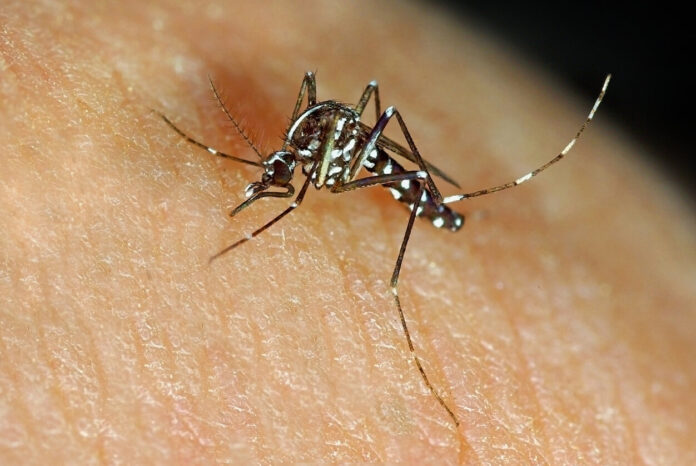After the record number of dengue fever cases in 2022, the public authorities are worried at the beginning of April. Foci of implantation of the tiger mosquito have already been detected in certain regions. With the return of sunny days, several territories are now on red alert.
The tiger mosquito surveillance period normally extends from May 1 to November 30, in accordance with the Public Health Code, according to TF1. But, given the consequences of climate change, the insect is now active from April.
To avoid disastrous health risks, it is necessary at all costs to act before the start of the egg hatching period. The small 5 mm insect, striped black and white, is a vector of tropical diseases, in particular dengue fever and chikungunya. These diseases spread very quickly.
According to our colleagues from TF1, 51 cases of dengue were recorded in the PACA region alone in 2022. With each new report, the Regional Health Agency organizes mosquito control operations to treat a radius of nearly 150 meters around the person. infected.
The insect is extremely resistant. “One of the particularities of the tiger mosquito is that its eggs are resistant to drought, they can be put into dormancy for the following spring”, explains Sergio Giglio, urban entomologist, at the microphone of France 3 regions. The Asian insect is increasingly present in temperate zones and adapts to the European climate.
To fight against the proliferation of the tiger mosquito, it is necessary to pay attention to areas of water stagnation, places conducive to egg laying and the hatching of larvae. It is therefore necessary to change the water of the plants once a week, to facilitate the flow of rainwater, to cover the water tanks or to empty the containers left in the garden.
According to the Vigilance Moustiques site, at the beginning of April, 63 departments are on red alert, i.e. nearly 71% of the territory. Find out if your department is affected by the red alert in the slideshow below.















